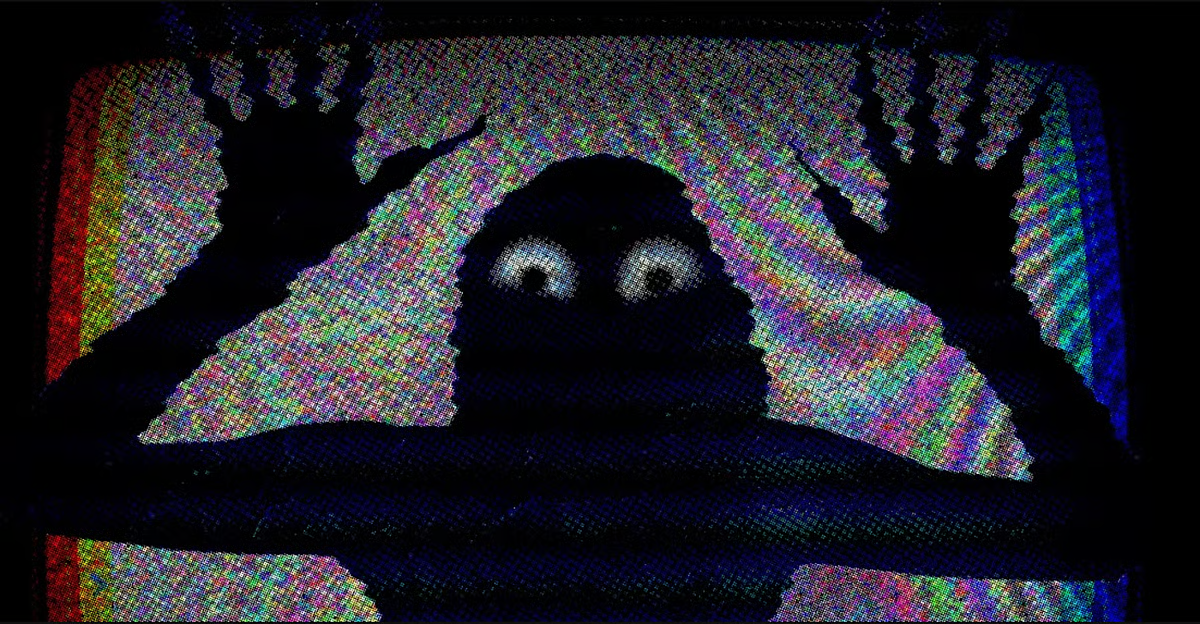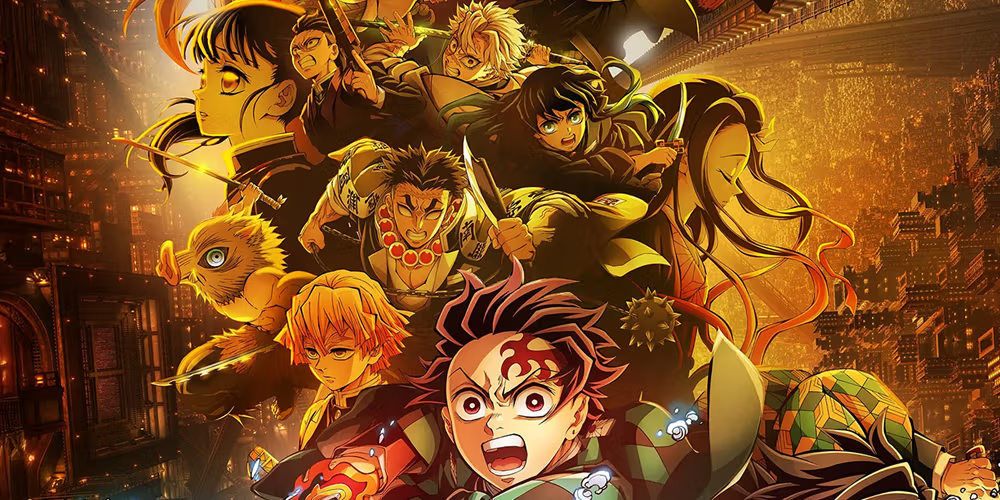In Japanese media theory, narrative consumption is the deep-rooted practice of fans engaging not only with the primary storyline—but with the broader fictional worldview behind it. Coined by critic Eiji Ōtsuka, this concept reveals how each individual episode or character becomes a “small narrative” that contributes to a larger immersive universe—what he calls the “grand narrative.” Over time, this creative approach has laid the foundation for database consumption, a postmodern shift emphasized by Hiroki Azuma. This framework reflects expertise in media studies, showing how modern audiences experience stories as layered databases of motifs and mini-arcs rather than linear plots.
The experience of engaging in otaku culture around franchises like Neon Genesis Evangelion or Hatsune Miku isn’t just about following the original storyline—it’s about exploring, remixing, and creating small narratives drawn from the larger mythos. Fans build their own stories—fanfiction, art, dōjinshi—blurring the line between creator and consumer. This layered interaction fosters intimacy, ownership, and creative participation. It’s a modern form of storytelling where the audience is no longer passive but an active participant in narrative construction.
To ensure authoritativeness and trustworthiness, this article anchors its analysis in established media theory—citing Ōtsuka’s original concept of narrative consumption and Azuma’s influential elaboration on database consumption. By weaving in scholarly references and examples from iconic fan cultures, the article offers credible insight into how entertainment has evolved into a participatory, multi-narrative ecosystem—one that reshapes how stories are told, shared, and experienced in the digital age.




